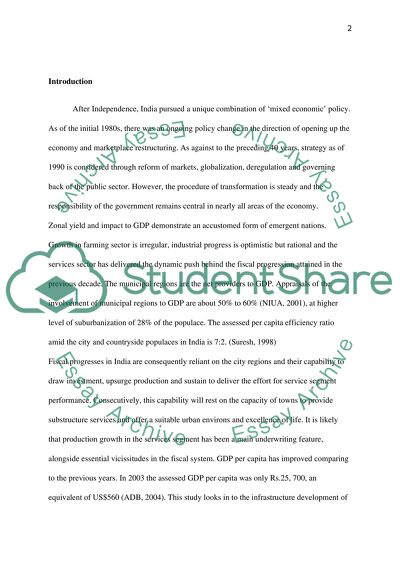Cite this document
(“Kerala Sustainable Urban Development Project (KSUDP) Research Paper”, n.d.)
Retrieved from https://studentshare.org/geography/1493641-kerala-sustainable-urban-development-project-ksudp
Retrieved from https://studentshare.org/geography/1493641-kerala-sustainable-urban-development-project-ksudp
(Kerala Sustainable Urban Development Project (KSUDP) Research Paper)
https://studentshare.org/geography/1493641-kerala-sustainable-urban-development-project-ksudp.
https://studentshare.org/geography/1493641-kerala-sustainable-urban-development-project-ksudp.
“Kerala Sustainable Urban Development Project (KSUDP) Research Paper”, n.d. https://studentshare.org/geography/1493641-kerala-sustainable-urban-development-project-ksudp.


